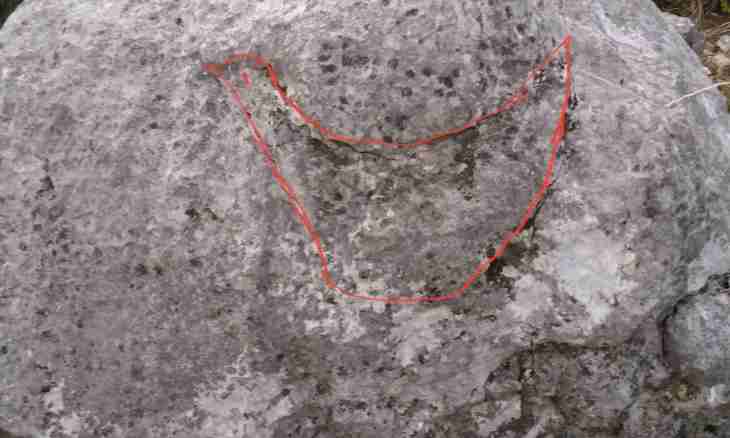Atom of chemical element consists of an atomic nucleus and electrons. Two types of particles - protons and neutrons are a part of an atomic nucleus. Almost all mass of atom is concentrated in a kernel as protons and neutrons it is much heavier than electrons.
It is required to you
- atomic number of an element, isotopes
Instruction
1. Unlike protons, neutrons have no electric charge, that is their electric charge is equal to zero. Therefore, knowing atomic number of an element, it is impossible to tell unambiguously how many neutrons contain in its kernel. For example the carbon atomic nucleus always contains 6 protons, however protons in it can be 6 and 7. Types of kernels of chemical element with different quantity of neutrons in a kernel are called isotopes of this element. Isotopes can be both natural, and received artificially.
2. Atomic kernels are designated by an alphabetic symbol of chemical element from Mendeleyev's table. To the right of a symbol above and below there are two numbers. The top number A is mass number of atom, A = Z+N where Z is a kernel charge (number of protons), and N is number of neutrons. The lower number is Z - a kernel charge. Such record gives information on quantity of neutrons in a kernel. Obviously, it is equal to N = to A-Z.
3. At different isotopes of one chemical element number A changes that is reflected in record of this isotope. Certain isotopes have the original names. For example, the usual kernel of hydrogen has no neutrons and has one proton. Hydrogen isotope a deuterium has one neutron (A = 2), and isotope tritium - two neutrons (A = 3).
4. The dependence of number of neutrons on number of protons is reflected in N-Z to the chart of atomic kernels. Stability of kernels depends on the relation of number of neutrons and number of protons. Kernels of easy nuclides are steadiest at N/Z = 1, that is at equality of quantity of neutrons and protons. With growth of mass number the area of stability moves to the sizes N/Z> 1, reaching the size N/Z ~ 1.5 for most heavy-nuclei.

